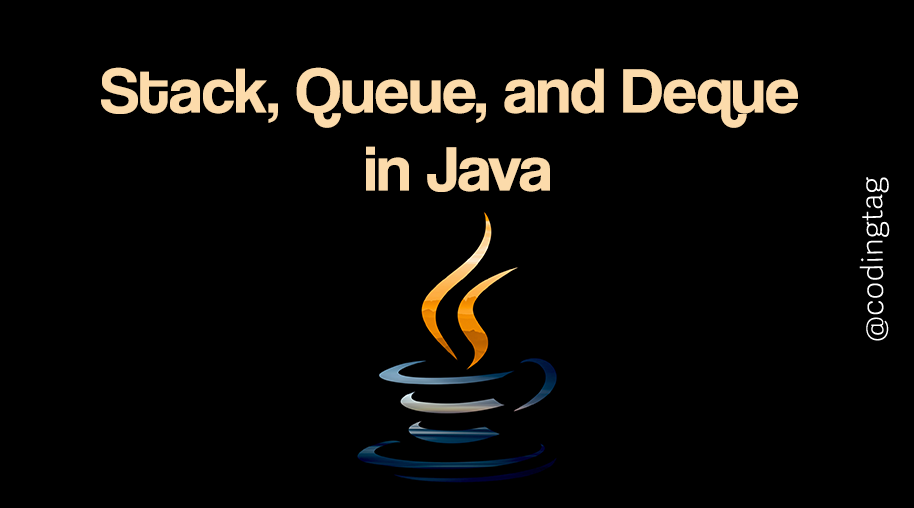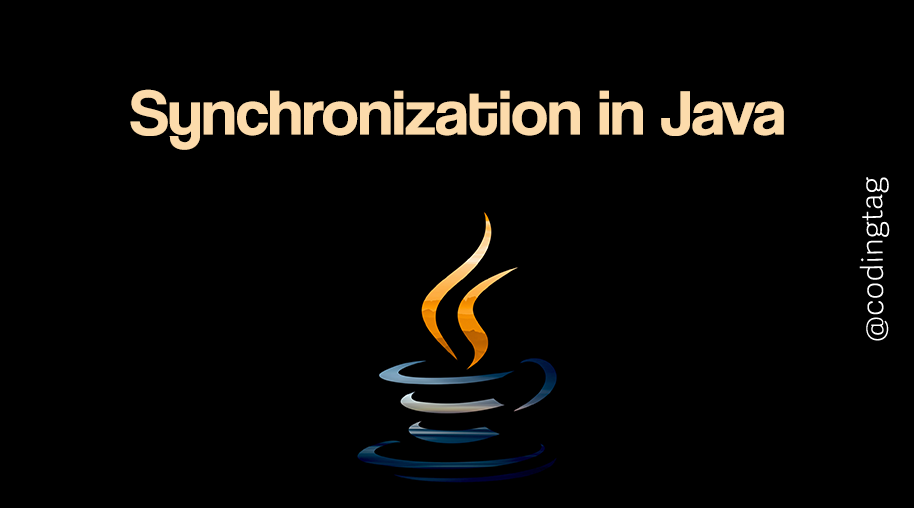Primitive vs Non-Primitive
0 794
Introduction
In Java, understanding the difference between primitive and non-primitive data types is fundamental for writing efficient and bug-free programs. These two types handle data differently in memory and serve unique purposes.
Let's break down what makes them distinct, how they're used, and see them in action with examples.
What Are Primitive Data Types?
Primitive data types are the most basic data types built into the Java language. They are used to store simple values such as numbers, characters, and boolean flags.
Java provides eight primitive types:
byteshortintlongfloatdoublecharboolean
int number = 100;
char grade = 'A';
boolean isPassed = true;
These types are stored directly in the stack memory and hold actual values, making them efficient in terms of performance.
What Are Non-Primitive Data Types?
Non-primitive data types, also known as reference types, do not store the value directly. Instead, they store the reference (memory address) of the object located in the heap memory.
These types include:
StringArrayClassInterface- Custom objects
String message = "Welcome to Java!";
int[] numbers = {1, 2, 3, 4};
Unlike primitives, non-primitive types can store multiple values and come with built-in methods that make them powerful for handling complex data.
Memory Allocation: Stack vs Heap
One of the biggest differences between primitive and non-primitive types lies in where they're stored:
- Primitive types: Stored in the stack memory
- Non-primitive types: Stored in the heap memory, with their reference stored in the stack
int x = 10; // Stored in stack
String name = "Java"; // 'name' stores the reference, actual object in heap
Default Values
When variables are declared but not initialized, Java assigns default values:
- Primitive types: e.g.,
intgets0,booleangetsfalse - Non-primitive types: Default to
null
int a; // default: 0
String text; // default: null
Comparison Table: Primitive vs Non-Primitive
| Aspect | Primitive | Non-Primitive |
| Stored In | Stack | Heap (reference in stack) |
| Default Value | Based on type (e.g., 0, false) | null |
| Built-in Methods | None | Available (e.g., String methods) |
| Mutability | Immutable | Mutable (varies) |
| Examples | int, float, char | String, Array, Object |
Which One Should You Use?
Use primitive types when you need to handle simple data efficiently, such as numbers or flags. Opt for non-primitive types when dealing with structured or complex data like text, collections, or user-defined objects.
In real-world applications, both types are often used together.
Conclusion
The distinction between primitive and non-primitive data types in Java is crucial for mastering how memory and data work under the hood. Primitive types offer speed and simplicity, while non-primitive types provide flexibility and functionality.
A solid grasp of both will make you a better and more efficient Java programmer.
If you’re passionate about building a successful blogging website, check out this helpful guide at Coding Tag – How to Start a Successful Blog. It offers practical steps and expert tips to kickstart your blogging journey!
For dedicated UPSC exam preparation, we highly recommend visiting www.iasmania.com. It offers well-structured resources, current affairs, and subject-wise notes tailored specifically for aspirants. Start your journey today!

Share:







Comments
Waiting for your comments